James Webb Space Telescope captures ghostly images of clouds on Saturn's largest moon Titan
"For the first time we can see the chemical cake while it's rising in the oven, instead of just the starting ingredients of flour and sugar, and then the final, iced cake."
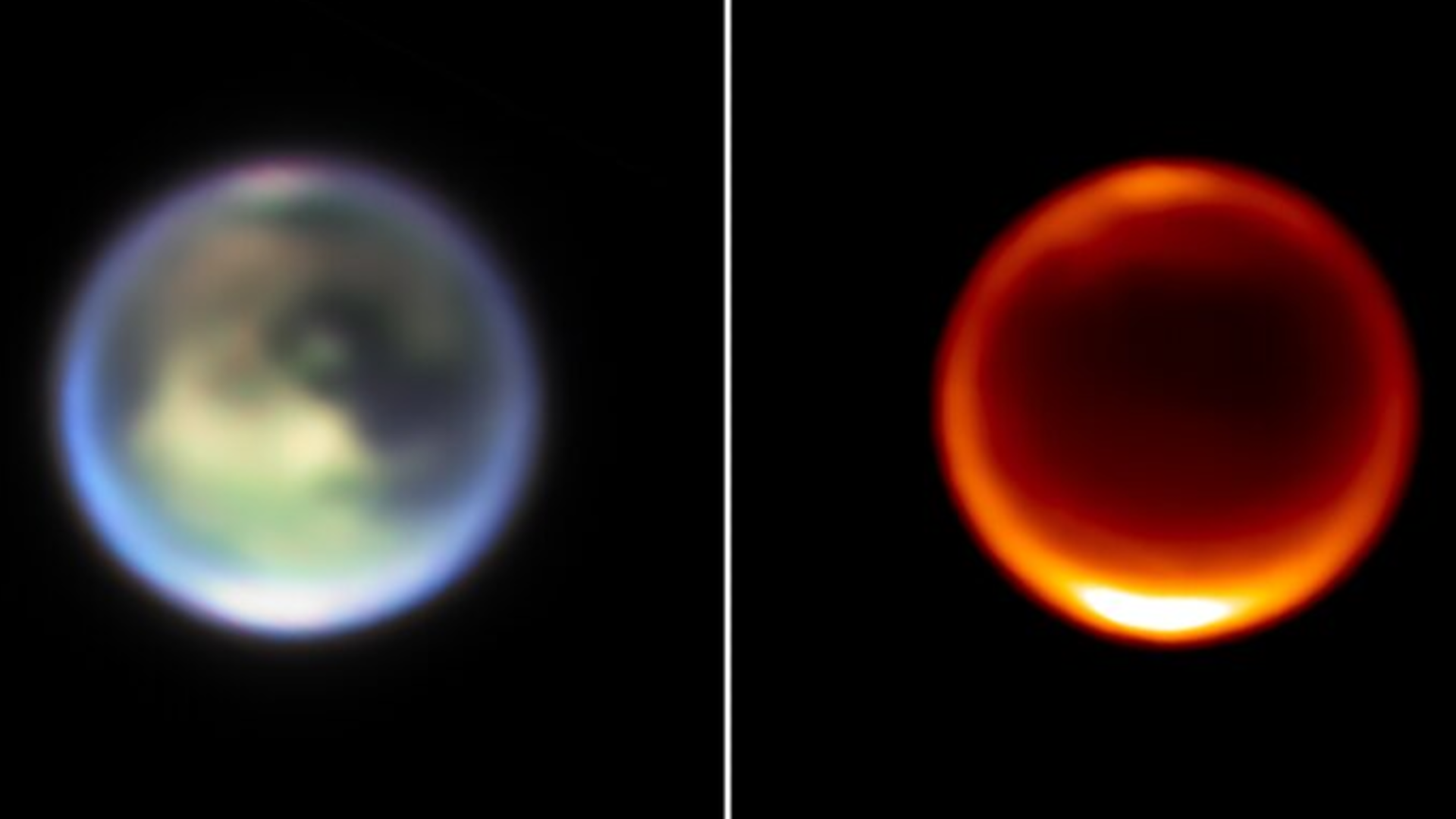
The James Webb Space Telescope has peered into the atmosphere of Saturn's largest moon Titan, capturing the first evidence of cloud formation in this moon's northern hemisphere. Titan is the second largest moon in the solar system, right behind Jupiter's Ganymede.
A team of scientists pointed the James Webb Space Telescope (JWST) at Titan in November of 2022 and July of 2023. With some help from the twin telescopes at the W.M. Keck Observatory on the dormant Mauna Kea volcano in Hawaii, the JWST found evidence of cloud convection, the process through which warmer air rises and brings moisture upward to form clouds. Clouds have been seen in Titan's southern hemisphere before, but never in the northern hemisphere, where most of the moon's seas and lakes are found.
Titan has lakes and seas of liquid methane, and the moon features dynamic weather patterns just like our own planet does. That makes it unique among all of the other celestial bodies in our cosmic neighborhood, scientists say. "Titan is the only other place in our solar system that has weather like Earth, in the sense that it has clouds and rainfall onto a surface," said Conor Nixon of NASA's Goddard Space Flight Center and lead author of a new study about Titan's weather, in a statement.
These new observations of Titan were made during the moon's summer season. NASA's Cassini–Huygens spacecraft studied Titan between 2004 and 2017 and observed cloud convection during late summer months in the southern hemisphere, but this new study is the first to watch this phenomenon during summer in Titan's northern hemisphere.
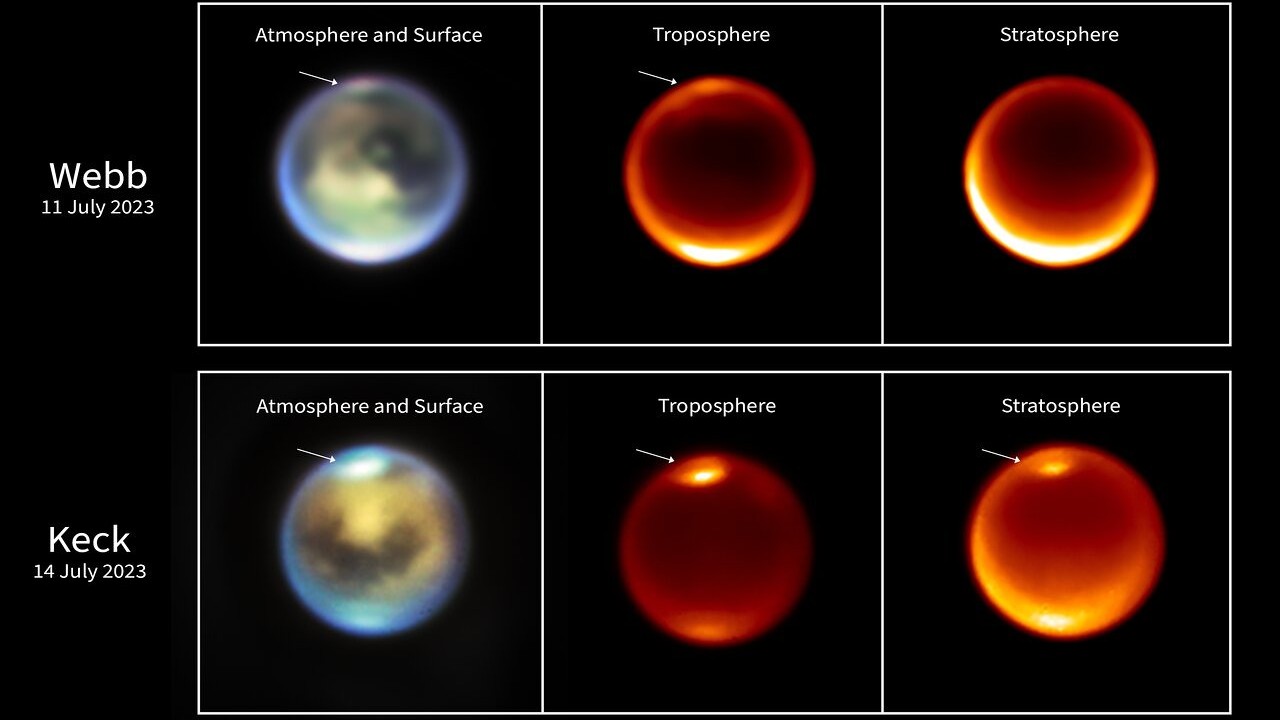
Scientists say the new data could help solve some of the outstanding mysteries about Titan. "Together with ground-based observations, Webb is giving us precious new insights into Titan's atmosphere, that we hope to be able to investigate much closer-up in the future with a possible ESA mission to visit the Saturn system," said the European Space Agency's Thomas Cornet, a co-author of the new study.
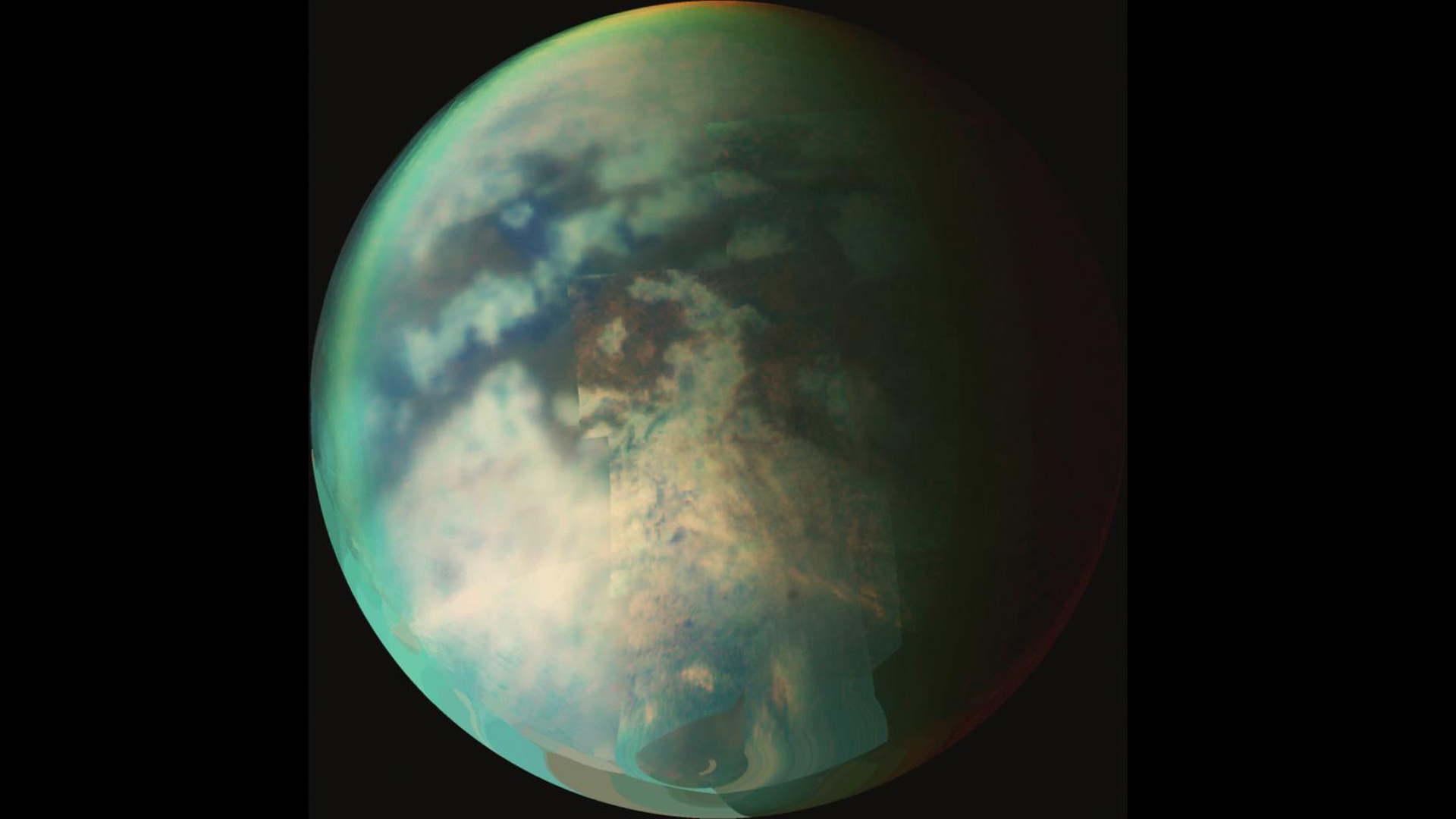
In addition to watching clouds form in the moon's northern hemisphere, the data gathered by the JWST's observations of Titan also helped identify a "key missing piece" of the moon's chemistry: a new organic molecule known as a methyl radical that has a "free," or unbonded, electron.
Because the lakes and seas on Titan are filled with methane, this compound is a key component of many of the moon's chemical processes. Sunlight and electrons from nearby Saturn split methane molecules in Titan's atmosphere, where they then combine with other molecules to make more complex substances.
Breaking space news, the latest updates on rocket launches, skywatching events and more!
Scientists are thrilled about this discovery of methyl radical in Titan's atmosphere, as it offers a window into these active chemical processes as they occur.
"For the first time we can see the chemical cake while it's rising in the oven, instead of just the starting ingredients of flour and sugar, and then the final, iced cake," said astrochemist and study co-author Stefanie Milam of the Goddard Space Flight Center, in a NASA statement.
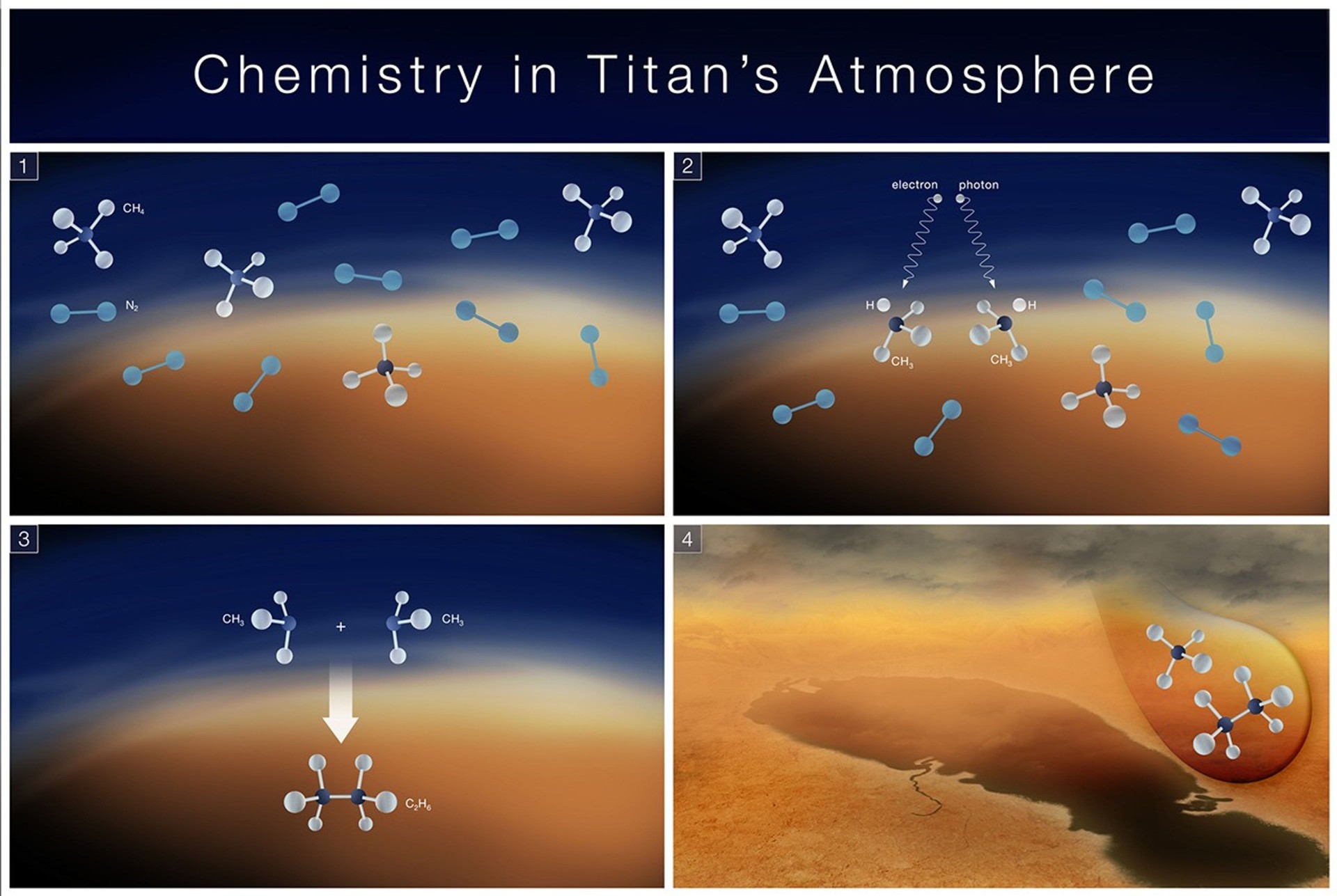
But the story won't end here, as scientists still want to know more about Titan and its chemistry. While the Cassini-Huygens mission revealed a great deal about the moon, nothing can surpass actually sending a spacecraft onto the moon itself to perform in-situ, or on-location, science.
To accomplish this, NASA is planning the ambitious Dragonfly mission, which will send a nuclear-powered octocopter onto the surface of Titan, where it will spend three years "hopping" from location to location and studying the moon's chemistry. Dragonfly is scheduled to launch atop a SpaceX Falcon Heavy rocket in 2028, and reach the Titan in 2034, if all goes according to plan.
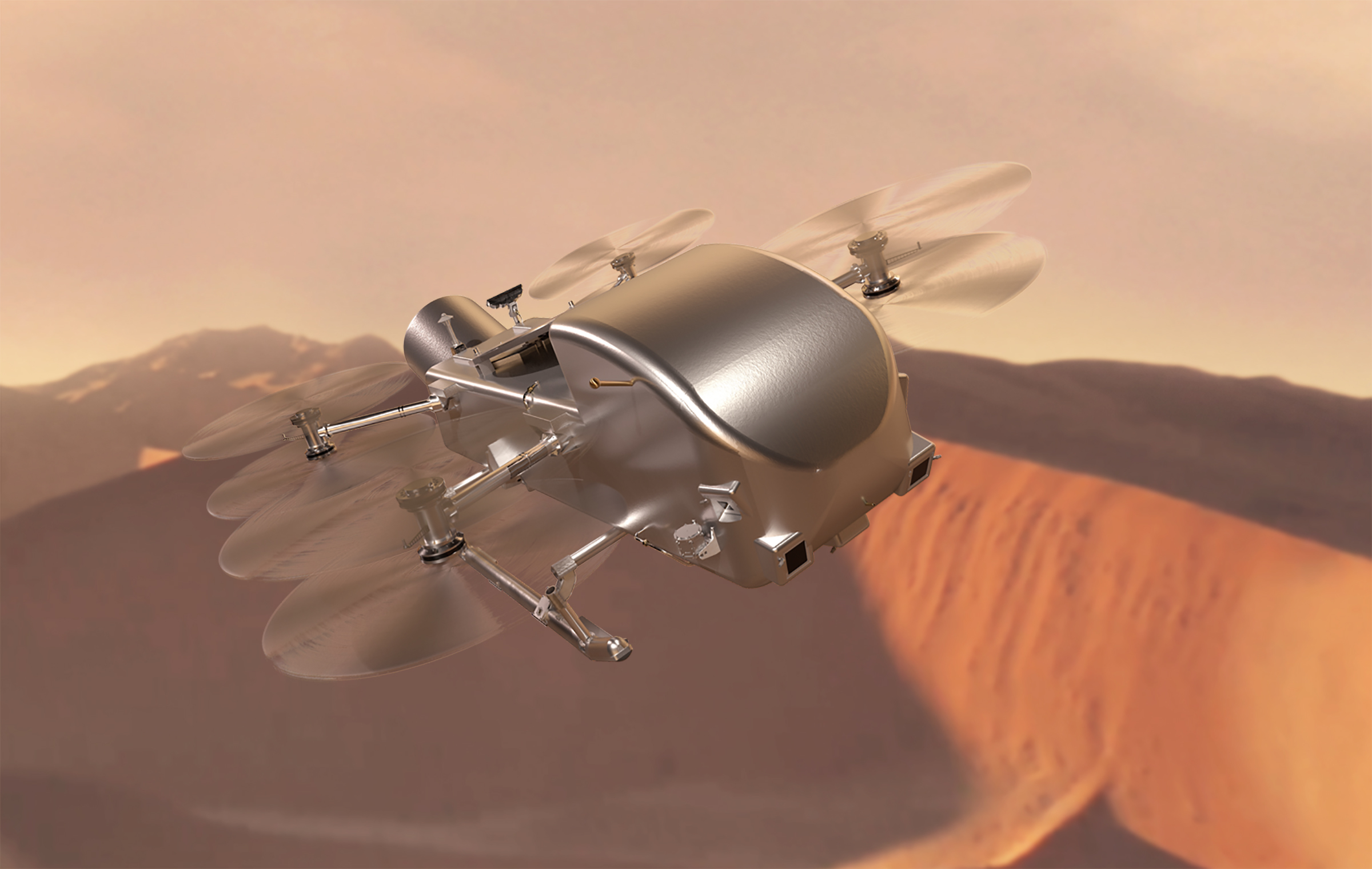
Dragonfly recently passed its Critical Design Review test, meaning it can now move on to being manufactured. The explorer will study Titan's potential habitability, seeking out signs of prebiotic chemistry as well as keeping a robotic eye out for any signs of life.
A study of the summer atmosphere of Titan's northern hemisphere has been published in the journal Nature Astronomy.

Brett is curious about emerging aerospace technologies, alternative launch concepts, military space developments and uncrewed aircraft systems. Brett's work has appeared on Scientific American, The War Zone, Popular Science, the History Channel, Science Discovery and more. Brett has degrees from Clemson University and the University of North Carolina at Charlotte. In his free time, Brett enjoys skywatching throughout the dark skies of the Appalachian mountains.
You must confirm your public display name before commenting
Please logout and then login again, you will then be prompted to enter your display name.
